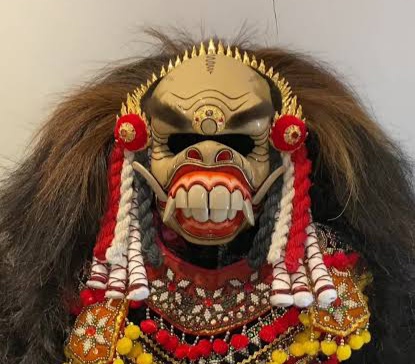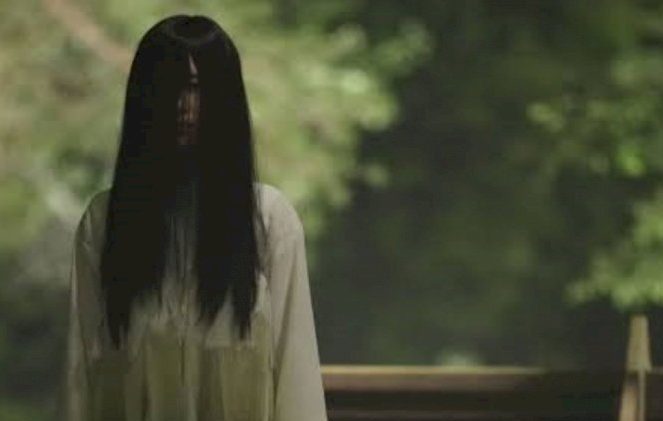Rangda is a significant figure in Balinese Hindu mythology, known as the queen of the leak, supernatural beings often associated with black magic.
She is typically depicted as an old woman with a terrifying appearance: long tangled hair, bulging eyes, large fangs, long claws, a protruding tongue, and sagging breasts.
In Balinese tradition, Rangda represents eternal evil and is often contrasted with Barong, the symbol of good, in traditional dances that depict the battle between these two forces.
The origins of Rangda have multiple versions in Balinese tradition.
One legend links Rangda to Calon Arang, a widow from Girah Village who mastered black magic and caused plagues and crop destruction in the kingdom of Airlangga in the 11th century.
Calon Arang became enraged because her daughter, Ratna Manggali, struggled to find a husband due to her mother’s reputation.
In revenge, Calon Arang performed dark rituals that brought disaster to the kingdom. Eventually, a priest named Empu Bharada managed to defeat her and restore order.
Another version associates Rangda with Queen Mahendradatta, a princess from East Java who married King Udayana of Bali.
Mahendradatta was known as a devout follower of Goddess Durga and was suspected of practicing witchcraft.
After being exiled by her husband due to these accusations, she was said to have taken revenge by spreading plagues and death in the kingdom, a story later linked to the figure of Rangda.
The battle between Barong and Rangda in Balinese traditional dance symbolizes the concept of rwa bhineda, the duality of good and evil that exists in life.
This dance is not only a form of entertainment but also a reminder of the balance and harmony that must be maintained in daily life.
Rangda is a complex representation in Balinese Hindu mythology, reflecting the tension between good and evil forces.
Through various stories and traditional performances, she teaches the importance of balance, introspection, and a deep understanding of the duality present in human life. (BT)





